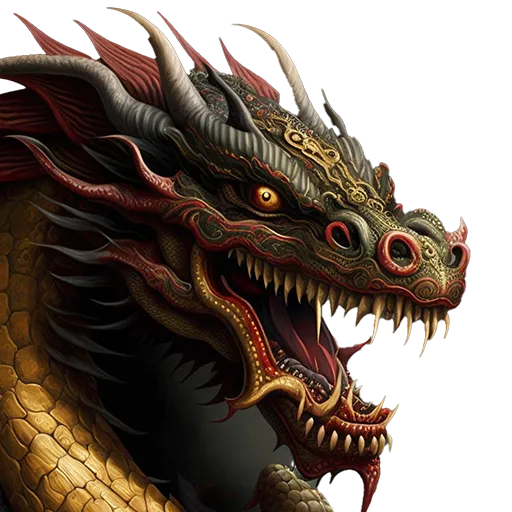Exploring the Characteristics of Tong Bei Quan (通背拳)
Within the Mizong Luohan Style there are three Tao Lu, or forms, that bear the name Tong Bei. One is an Empty Hand form, and the other two are Partner Fighting Sets.
The late great Grandmaster Ye Yuting travelled throughout northern China. It is known that besides learning from his grandfather and uncle, he also learned from a monk and likely from other masters, as it was not uncommon back then for experts to exchange knowledge. Whether the Tong Bei Quan passed down by Ye Yuting came from his family’s martial arts heritage or whether he learned it during his travels is not known. What is important is that the Tong Bei that was passed down contains some distinctive features.
Tong Bei Quan, literally means Through the Back Style. While its true origins are obscure, the style gained popularity during the late Qing Dynasty, notably in Hebei province, especially in the cities of Beijing and Tianjin. The name of the style implies that power is transmitted through the back.
Today there are several different branches of Tong Bei Quan. Some of the more popular are: Bai Yuan Tong Bei Quan or White Ape Through the Back Style; Liu He Tong Bie Quan or Six Harmonies Through the Back Style; He Yi Tong Bei Quan or Unity Through the Back Style; Qi Jia Tong Bei Quan or Qi Family Through the Back Style; and Shaolin Tong Bei Quan or Through the Back Style from Shaolin.
Characteristics of Tong Bei Quan
Although there are different styles of Tong Bei Quan, these contain similar characteristics.
The power is emitted through the back, and short and long tactics are neatly combined. Dodging, rising, and falling are intertwined. Hard and soft skills coalesce. Tactics are crisp and fast; kicks and strikes follow one another and there are also simultaneous kicks and strikes. Energy is gathered and concealed and then emitted like a gust of wind. The footwork is fast and the fighting strategy is intricate and cunning.
My experience learning Tong Bei Quan
I recall Grandmaster Alex Kwok teaching me Tong Bei Quan. At that time, I did not realize that this was an advanced form in the Mizong Luohan system. Years later, I asked GM Kwok why he taught me such a form so early in my training. His reply was that since he did not know how serious I was and whether I would continue with the training, he wanted me to gain a glimpse of the more advanced aspects of the style. The form I learned contained some of the characteristics described above, and my research on Tong Bei Quan is to deepen my understanding. I learned all three forms described in the opening paragraph.
